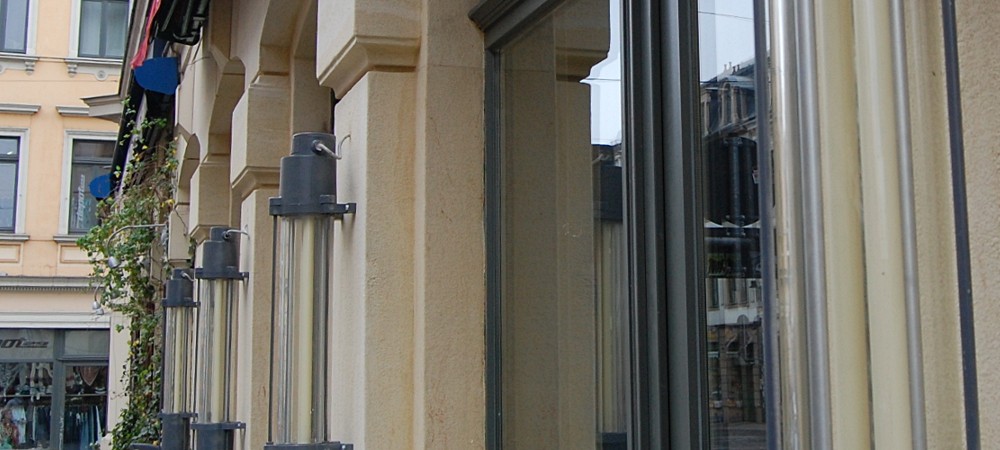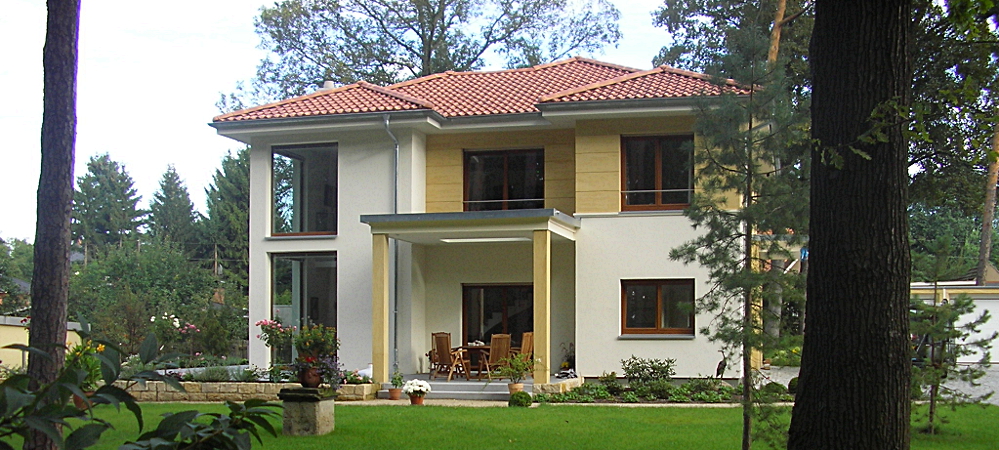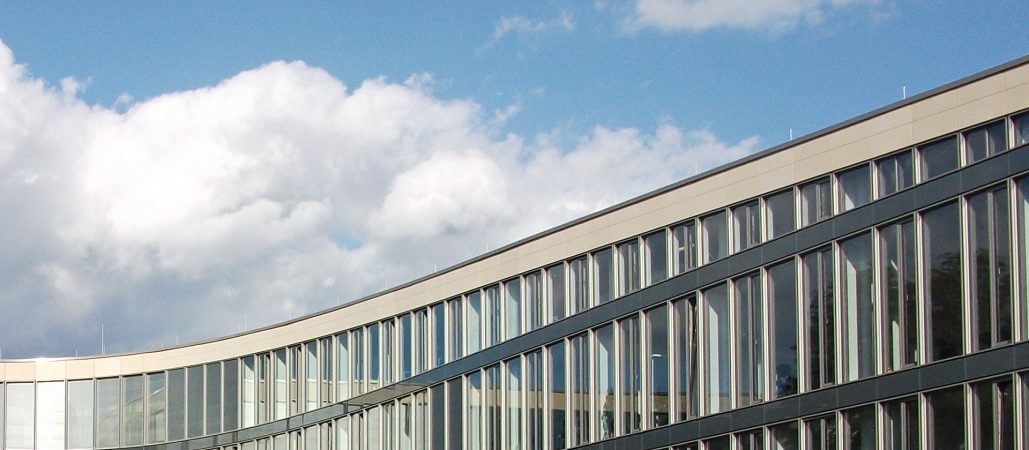
In the period of promoterism and earlier epochs, facades, especially in the representative ground floor zones of residential and commercial buildings, were often very elaborately made of solid natural stone. This can be seen in profilings, grooves, segmental arches, keystones, etc., which have been executed as elaborate stone carvings. At the present time, the production of such a façade or even just some of the elements mentioned would be extremely cost-intensive.
If such buildings are rehabilitated, these facade parts are usually renewed.
In the present case, a Wilhelminian property in the Dresden Neustadt, the condition of the ground floor facade was particularly bad. Many parts were heavily weathered, so that the strength of the sandstone was severely impaired. Some parts had been broken out, others improperly repaired. Likewise, several old layers of paint were found. Under these circumstances, the facade would have been completely renewed. However, this was not feasible for the owner for cost reasons.

Monument protection and flexible sandstone (Sandstone wallpaper) Gründerzeit facade coated with the Königstein design; Year 2008

Facade cladding on flexible sandstone in monument protection and renovation

Facade cladding on flexible sandstone in monument protection and renovation

Facade cladding on flexible sandstone in monument protection and renovation
Therefore, in cooperation with the responsible architect and in agreement with the competent monument protection authority, the following solution was developed and implemented.
First, heavily damaged parts were removed. The missing and damaged parts were restored with suitable mortar in the original form. Old layers of paint have been removed. Subsequently, the entire facade was covered with flexible sandstone component by component.
The façade today appears in its old glory and is virtually indistinguishable in appearance and quality from the natural stone facades of the neighboring buildings.









































































